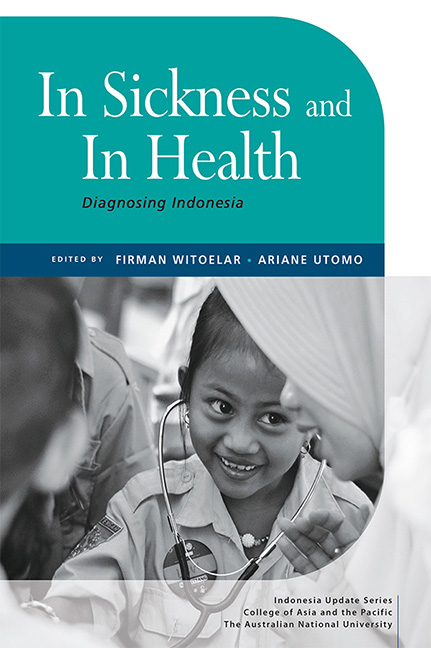12 - Dengue control in Yogyakarta, Indonesia: Lessons learned from public health innovation using Wolbachia-infected Aedes aegypti mosquitoes
Published online by Cambridge University Press: 09 January 2024
Summary
The global burden of dengue
Dengue, a systemic viral infection transmitted from person to person by the Aedes mosquitoes, presents a persistent and escalating problem in many parts of the world. Globally, the dengue infection has been predicted to reach 100 million cases in more than 110 countries, and the incidence rate, death and disability-adjusted life years (DALYs) lost have all increased during the past two decades (Zeng et al. 2021). Although dengue transmission occurs mainly in tropical regions, it has been highest in Asia (Simmons et al. 2012), where more than 75% of the world’s population infected with dengue live. Eight countries in the Southeast Asian region are classified as hyperendemic areas, including Indonesia (Murray et al. 2013). Recent studies indicate that dengue has the highest DALYs lost in Southeast Asia compared to other neglected tropical diseases such as schistosomiasis, leprosy, trachoma, hookworm and ascariasis (Shepard et al. 2013).
In addition to the morbidity and mortality, evidence shows that dengue significantly impacts the economic burden. A systematic review estimated the global cost of dengue illness was US$8.89 billion annually, consisting of 46% non-fatal cases admitted to hospital, 33.6% non-fatal ambulatory patients, 8.5% non-fatal non-medical cases and 11.9% fatal cases (Shepard et al. 2016). Asian countries experienced productivity losses of US$6.7–$1,445.9 for inpatients and US$3.8–$1,332 for outpatients per dengue episode. The cost of productivity losses associated with fatal dengue episodes in Asia is around US$12,035–$1,453,237 (Hung et al. 2020).
Dengue also affects quality of life, mainly psychological and social functions. From the quality of life perspective, dengue infection causes discomfort and nervousness. During the acute phase of the disease, the physical symptoms of dengue have several effects on personal mobility and social activities that persist into the late-acute stage of the disease. The most common symptoms sometimes last beyond the period of fever. These disorders often worsen, especially in those who do not seek treatment (Elson et al. 2020).
Environmental conditions and community behaviour can also affect the development of dengue, which affects the prevalence of dengue yearlong. All age groups are vulnerable to this disease.
- Type
- Chapter
- Information
- In Sickness and In HealthDiagnosing Indonesia, pp. 222 - 241Publisher: ISEAS–Yusof Ishak InstitutePrint publication year: 2022

